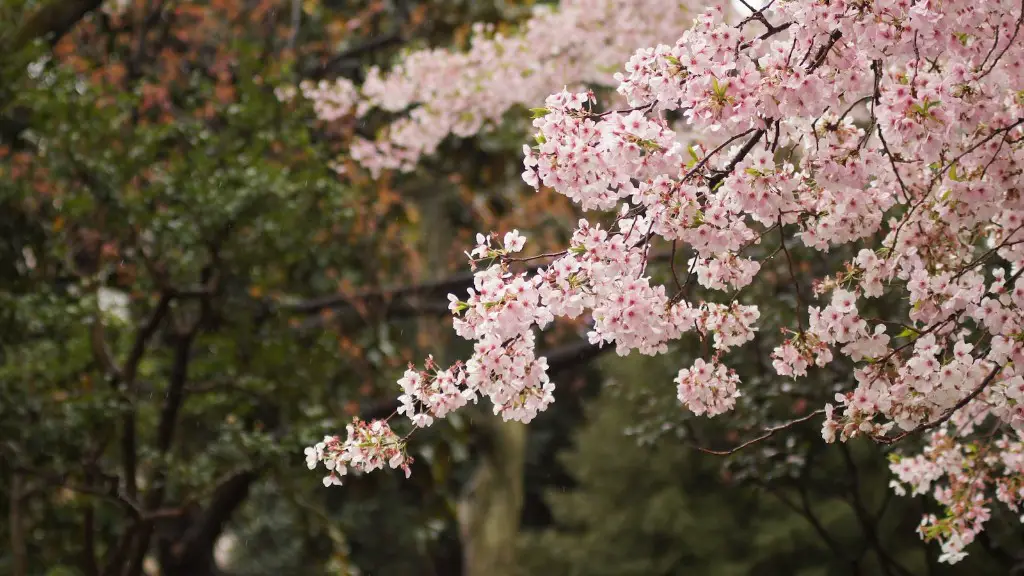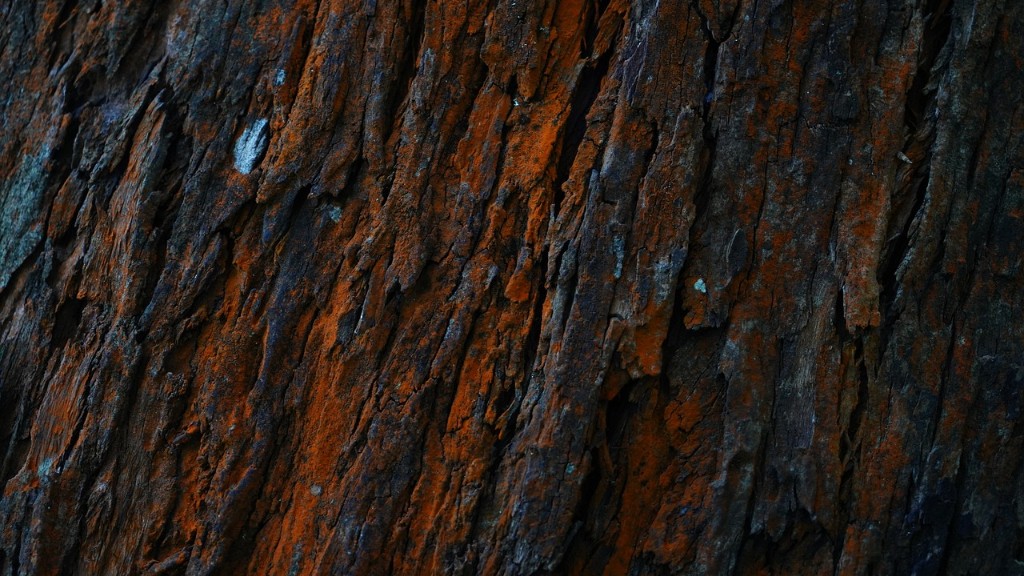Cherries are one of nature’s most cherished delicacies, and cherry blossom trees are a great way to bring a bit of that beauty into your garden. When planted well, they can provide a breathtaking sight when the time of blooming comes. But what if you wanted to multiply the number of cherry blossoms trees in your garden? Taking a cutting of a cherry blossom tree and propagating it with some simple guidelines is a great way to do it.
When deciding to take a cutting from a cherry blossom tree, timing is key. The best time of year to do this is in late summer or early autumn when the tree is still in season but not actively producing flowers. This is important as when the plant is actively producing flowers, it spends a large amount of energy and resources making them, and taking any huge cuttings can put a strain on the tree. It is best to wait until the flowers have wilted and the petals have fallen off.
Take The Cutting
When taking the cutting, make sure you make a clean cut just below the leaf nodes. This is where the plant hormones are concentrated and they will help stimulate root growth in the cutting. Using a sharp and sterile knife to cut the stem is best as it will reduce the chances of infection. Collect the cutting in a clean container with a solution that will help keep the plant from drying out and diminish the chances of developing bacteria.
Propagate The Cutting
Once you’ve taken the cutting and stored it correctly, it’s time to propagate it. Place the cutting in adequate soil that is either potting mix or compost-based. Make sure the container has adequate drainage holes for excess water to let out and place it in partial sun or in a place with gentle, indirect sunlight. When dealing with soil, it is also important to use adequate fertilizers as it helps promote strong and healthy growth. Use a slow-release fertilizer, as cherry blossom trees can be sensitive to fertilizers and too much of it can damage the roots.
Water and Tend To
Water the pot and cutting twice a week, but never let the pot sit in the water. The soil should be damp to the touch and check frequently for any signs of fungus or bacteria that can cause problems to the cutting. Monitor and have patience, it might take months for the cutting to develop strong and healthy roots and for it to be ready for replanting. Make sure to ask a professional gardener if you run into trouble or difficulty.
Replant The Cutting
When the cutting has developed strong roots and it is ready for replanting, once again timing is important. Planting in the fall when the temperature is milder and there is less chance of the tree going into shock is ideal. Make sure to add a slow-release fertilizer before planting the cutting, as it will provide the tree the minerals it needs to grow and bloom. Finally, give it a generous amount of water but be sure not to overwater as it can lead to root rot.
Additional Cutting Tips
To make sure your cutting grows healthy and happy, it is important to always check it every few days and monitor it for any signs of disease. Prune the shoots and branches if needed and add mulch to the soil to keep the moisture locked in. It is also important to give the tree the proper amount of sun, they need around four to six hours of sunlight per day.
Location
When planting your new cherry blossom tree, location is also important. It is important to find a spot with adequate shade and sun exposure, as too much of either of them can cause damage to the tree. When planting in a pot, it is important to make sure the pot is big enough for the roots and it is not too small as it can cause the tree to develop root rot. Furthermore, make sure to check the soil pH, as cherry blossom trees do not like an alkaline soil, and if their soil is too alkaline, their growth and production of flowers will suffer.
Maintenance
Finally, when your cherry blossom tree is planted and has been given the proper care, it is time to maintain it. Regularly inspect the tree for pests, fungi and disease and if needed, treat it with any necessary products. Check the soil moisture twice a month and water the tree if it is too dry. Regularly prune the dead branches to allow more sunlight and air to reach the inner parts of the tree and if needed, add fertilizer to provide the tree with the nutrients it needs. If it is planted in winter or early spring, keep the pot covered or mulched as it will protect it from frost and cold weather.
Pest Control
Cherry blossom trees are prone to certain pests like aphids, mites, and scale insects. In order to keep them away, it is important to regularly check the tree and if needed, treat it with by using natural or chemical insecticides. Also, if the tree is planted in a garden and there are other plants nearby, it is important to check those plants as they may be a source of the pests. If it is the case, it is best to get rid of the infected plants to avoid the infestation of the cherry blossom tree.
Fertilization
Fertilizing is another important maintenance step for cherry blossom trees. As already mentioned, never use too much fertilizer as it can cause damage to the tree. Even if the tree is planted in a pot, it needs additional nutrients, so in this case slow-release organic or chemical fertilizers should be used. Also, relying on natural fertilizers like compost is an excellent way to provide the tree with the nutrients it needs without the risk of overfertilizing it.
Harvesting
Finally, when the cherry blossom tree is adequately taken care of and it produces fruits, it is important to harvest them correctly. Use a clean and sterilized knife or container when harvesting the cherries and don’t forget to wear gloves. It is also important to check periodically for pests and fungi as they can easily spread from one cherry to another. When harvesting, also make sure not to break any branches or leaves of the tree as this can damage its health.


